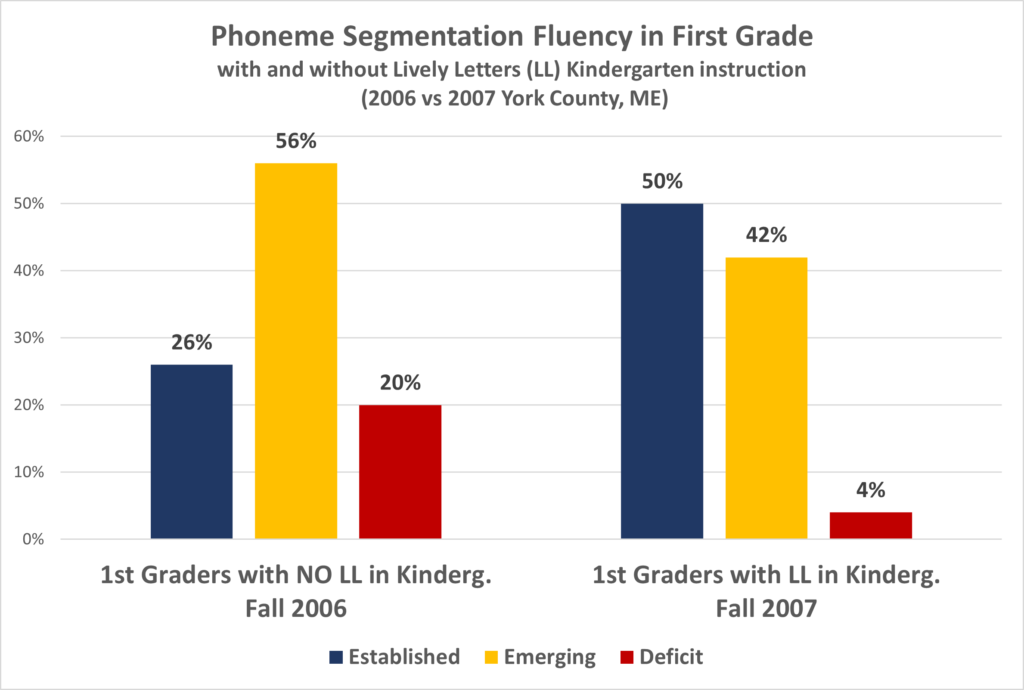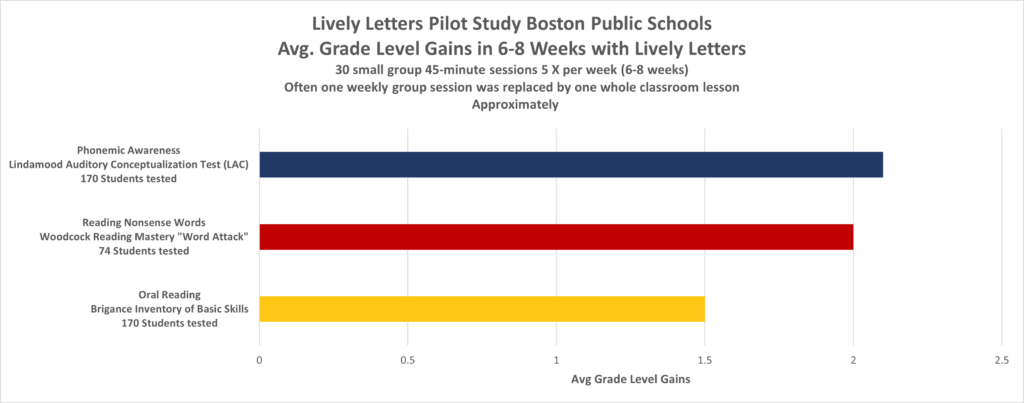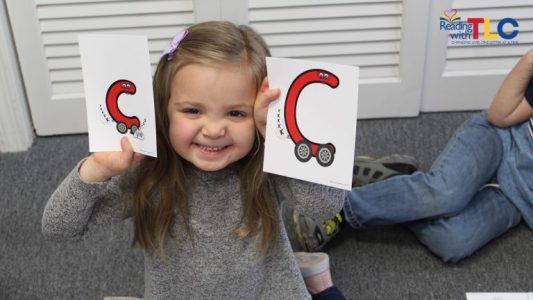The Lively Letters™ program has been clinically proven to improve reading skills among students with various different types of students through the third party and Reading with TLC™ clinical studies.
“The findings from this study suggest that using Lively Letters™, a multi-sensory approach to teaching phonics and phonemic awareness skills has the potential to exert a significant positive influence on the reading development of general education children in the whole classroom setting.”




Our programs feature direct letter-sound instruction and the use of letters in phonemic awareness activities, as research shows that the most effective phonemic awareness interventions include both of these features (Bradley and Bryant 1983, Hohn and Ehri 1983, Blachman et al. 1991, National Reading Panel 2000, Oudeans 2003, Foorman, B. R., Chen, D., Carlson, C., Moats, L., Francis, D. J., &Fletcher, J. M. 2003).
We are seeking researchers who are interested in conducting studies on the efficacy of the Reading with TLC™ programs within various settings and with different populations of students. Interested researchers should contact the program authors for support at info@readingwithtlc.com.
Shop For
Newsletter
Contact Us
Официальный сайт Vavada предложит вам простой и быстрый процесс регистрации. После этого вы получите доступ к большим бонусам, фриспинам и турнирам, а рабочее зеркало Вавада обеспечит быстрый доступ без блокировок.